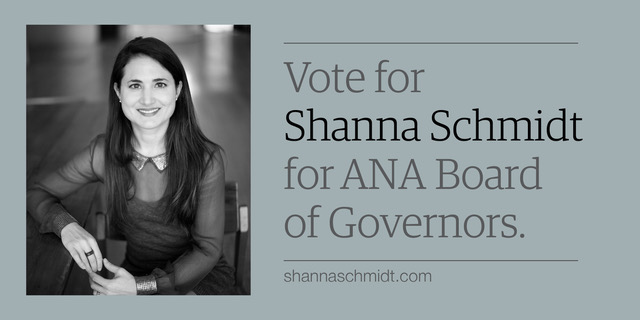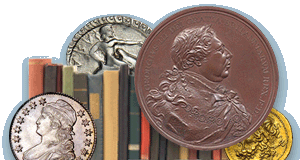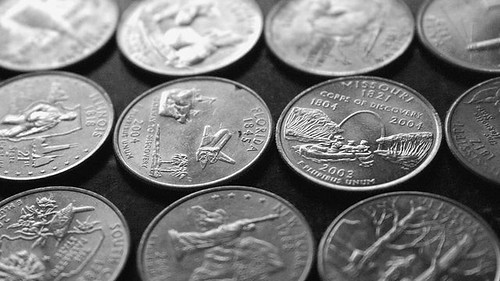
PREV ARTICLE
NEXT ARTICLE
FULL ISSUE
PREV FULL ISSUE
MIKE CASTLE ON THE 50 STATE QUARTERS PROGRAMIn an Opinion piece published in The Hill this week, former U.S representative and Delaware governor Michael Castle reflects on the outcome of the 50 State Quarter program. -Editor
In 1995, as part of the first Republican Congress in 40 years, I became the new chairman of the House Domestic and International Monetary Policy Subcommittee, and we began a review of the programs under our jurisdiction, which included the United States Mint. One of the first issues that came up was the state of the U.S. Commemorative Coin program. Coin collectors were frustrated by the cost of the non-circulating commemorative coins and a decline in interest among young people in collecting coins. The last circulating commemorative coin had been the Bicentennial Quarter in 1976. The coin community was very interested in a new circulating coin program that would attract the interest of the public, particularly young people. Coin collecting advocates, like Beth Deisher of Coin World, suggested a program that would honor the 50 States on the back of the quarter. I initially expressed some concern about public reaction to their plan for a 50-state quarter program, that "it might be perceived as monopoly money." Our subcommittee held some public hearings on the concept of a new circulating commemorative coin program and began to work through the potential benefits and concerns over a major new coin program. It was pointed out that Canada was having success with circulating coins, and we began to see the educational value of highlighting key moments in the history of each state. After much persuasion and cajoling, it eventually passed the House and Senate. Meanwhile, I had met with Secretary of Finance Bob Rubin and his key staffer, Larry Summers, who expressed some of my original concerns. They asked for a study to allay their concerns. The firm of Coopers and Lybrand did a study that confirmed the positive economic impact of this idea, and the secretaries agreed if this legislation passed in Congress, they would recommend President Bill Clinton sign it, which he did. In the years that have since passed, the seniorage has mounted to more than $6 billion and seems permanent, as most of these coins are collected and not turned in. It has cost the taxpayers nothing, as even the new quarters are issued for the same 25 cents, and has saved the taxpayers many dollars, as the seniorage is used to help pay the costs of the Treasury rather than tax dollars. Although I am often credited with having created the 50 State Quarter Program, the credit really belongs to all those who pushed us to get this done; my credit is for finally realizing what a good program this could be and pushing hard for it. To read the complete article, see:

Wayne Homren, Editor The Numismatic Bibliomania Society is a non-profit organization promoting numismatic literature. See our web site at coinbooks.org. To submit items for publication in The E-Sylum, write to the Editor at this address: whomren@gmail.com To subscribe go to: https://my.binhost.com/lists/listinfo/esylum All Rights Reserved. NBS Home Page Contact the NBS webmaster 
|
